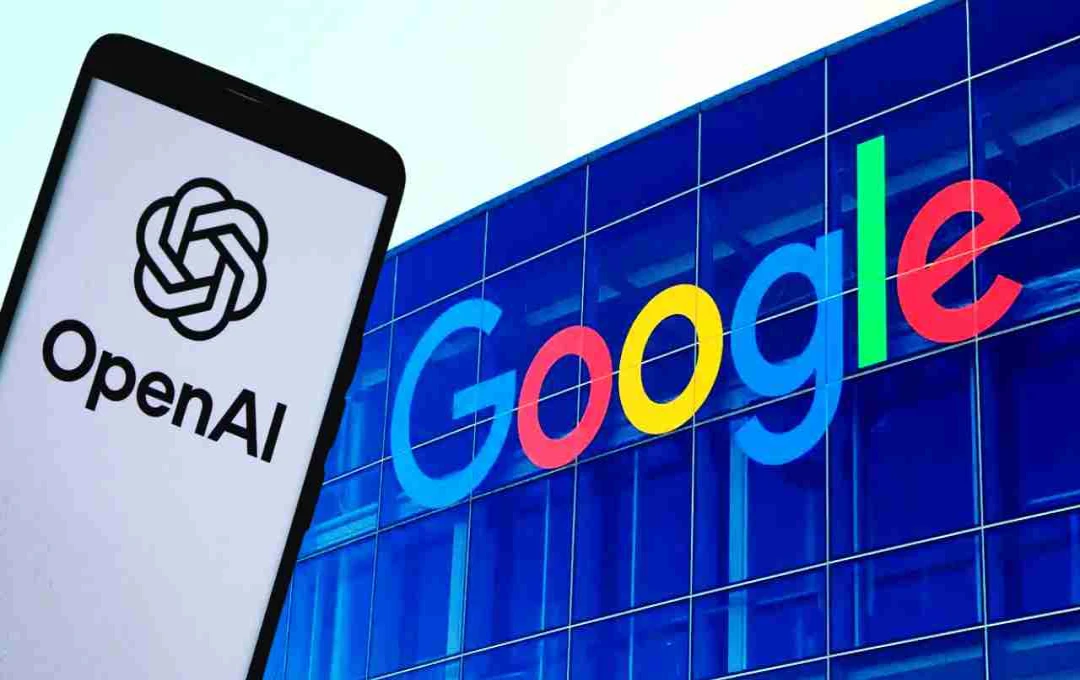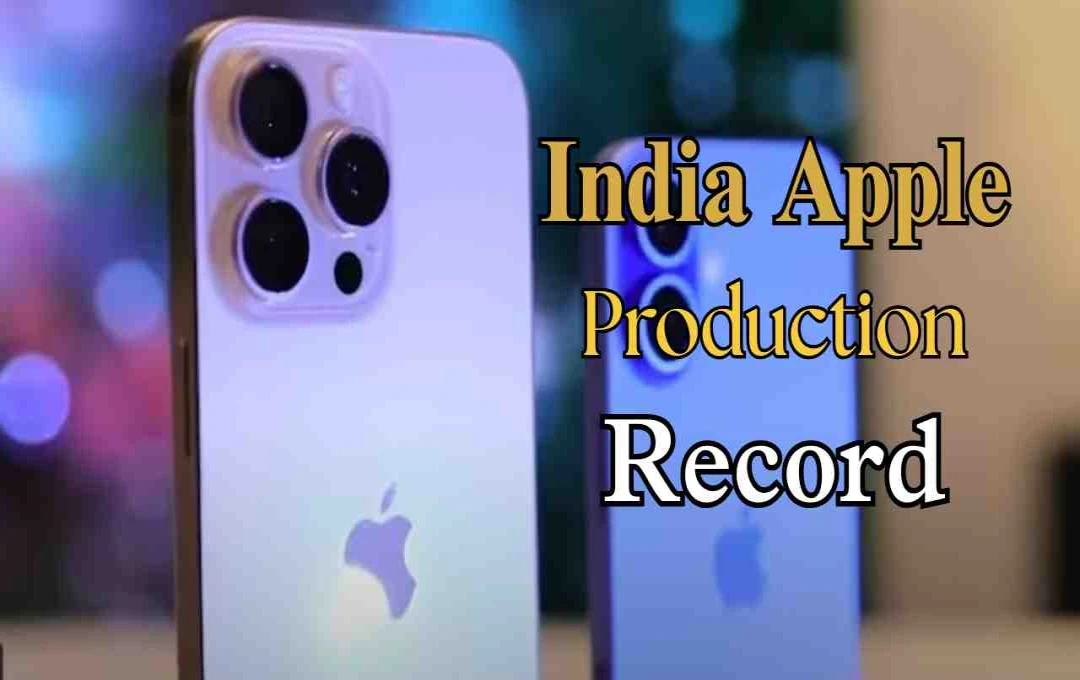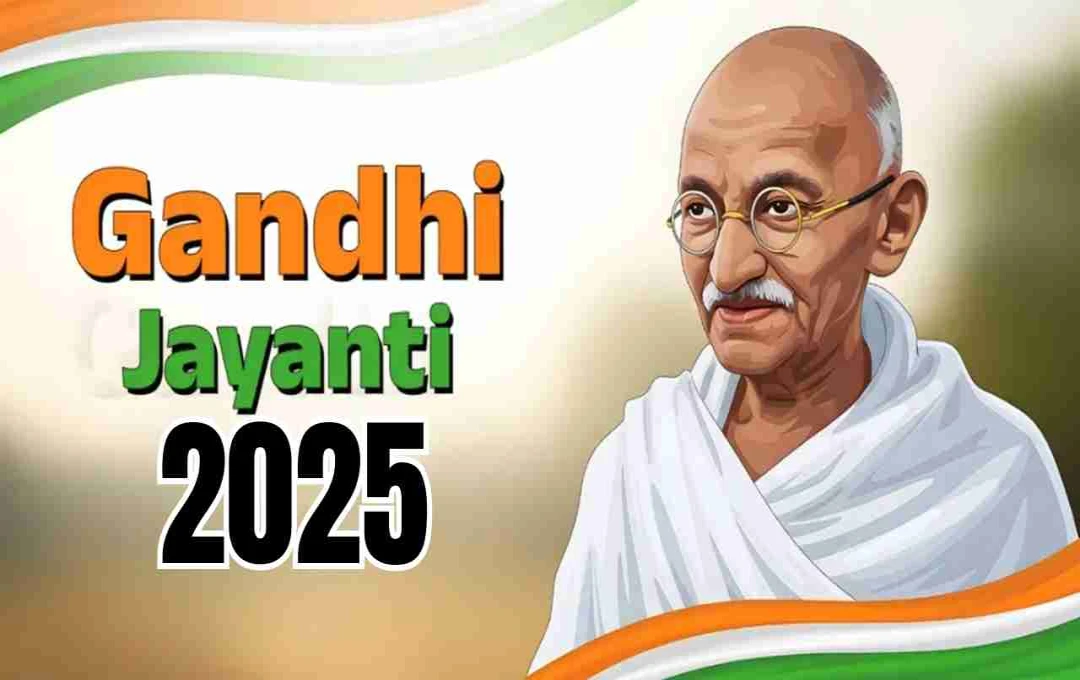OpenAI has begun renting Google's AI chips (TPUs) to power ChatGPT and other products.
OpenAI: OpenAI has started renting Google's Artificial Intelligence chips, or Tensor Processing Units (TPUs), to operate its flagship product, ChatGPT, and other AI tools more efficiently. This step not only reflects a major shift in the company's technical strategy but also gives rise to an unexpected collaboration between two giant rivals in the AI industry—OpenAI and Google.
Why the shift from NVIDIA to Google?
Until now, OpenAI was considered the biggest buyer of NVIDIA's GPUs (Graphics Processing Units). It is through these chips that the company has been training its cutting-edge language models and also handling inference, i.e., the process of providing quick responses. However, as OpenAI's computing needs grow, the company is now looking at alternatives.
According to a Reuters report, OpenAI has started renting TPUs from Google Cloud. The aim is to reduce computing costs and prepare a more scalable and efficient infrastructure for the future. This is the first time that OpenAI has used AI hardware from a company other than NVIDIA on a large scale.
Why are Google TPUs special?
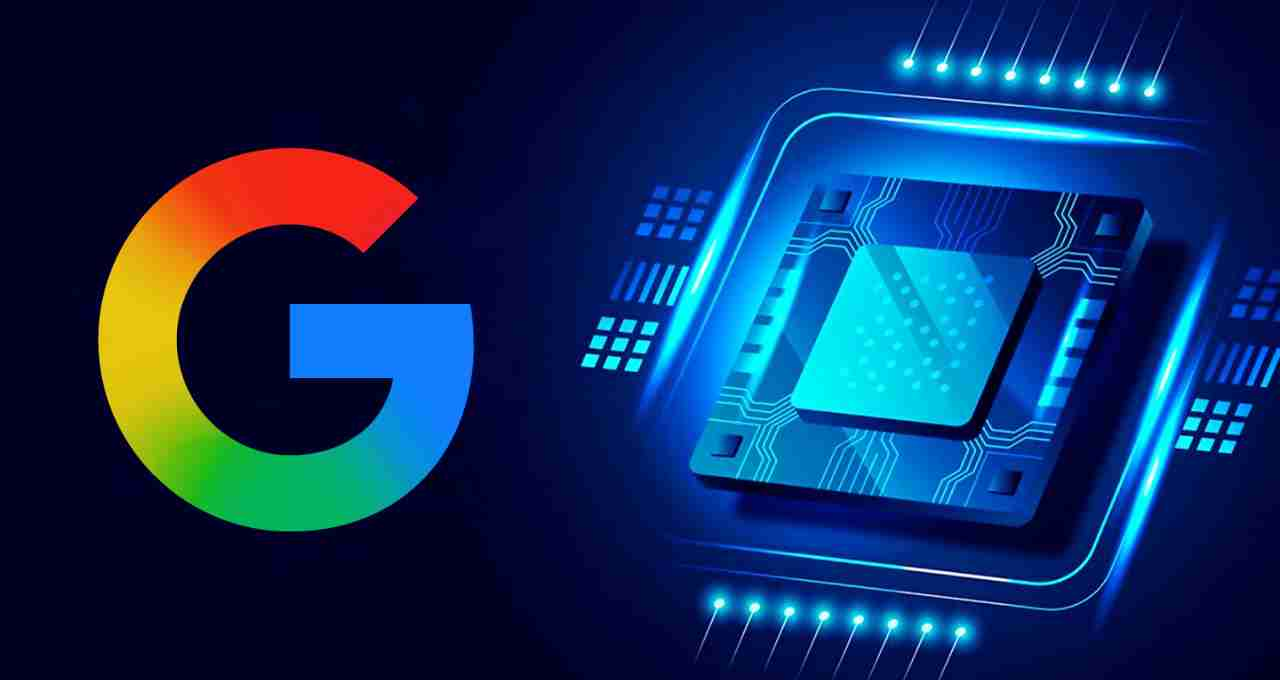
Google's TPUs, which were previously reserved only for internal use by the company, are now being made available to cloud customers. With this step, Google has also gained clients like Anthropic and Safe Superintelligence, which were started by former OpenAI executives.
Now that OpenAI has also been included in this list, it is considered a major win for Google Cloud. This shows that Google is making its AI capabilities available not only for itself but also for global cloud customers, making its cloud business more competitive than ever.
A unique example of collaboration in competition
OpenAI and Google are both major players in the world of AI. While OpenAI's ChatGPT has gained global recognition, Google is standing its ground with its Gemini models. In such a scenario, the coming together of the two represents a 'compete and collaborate' model.
This collaboration shows how rapidly evolving AI technology sometimes forces companies to join hands with competitors—especially when the demand for resources is soaring.
Why did OpenAI make this change?
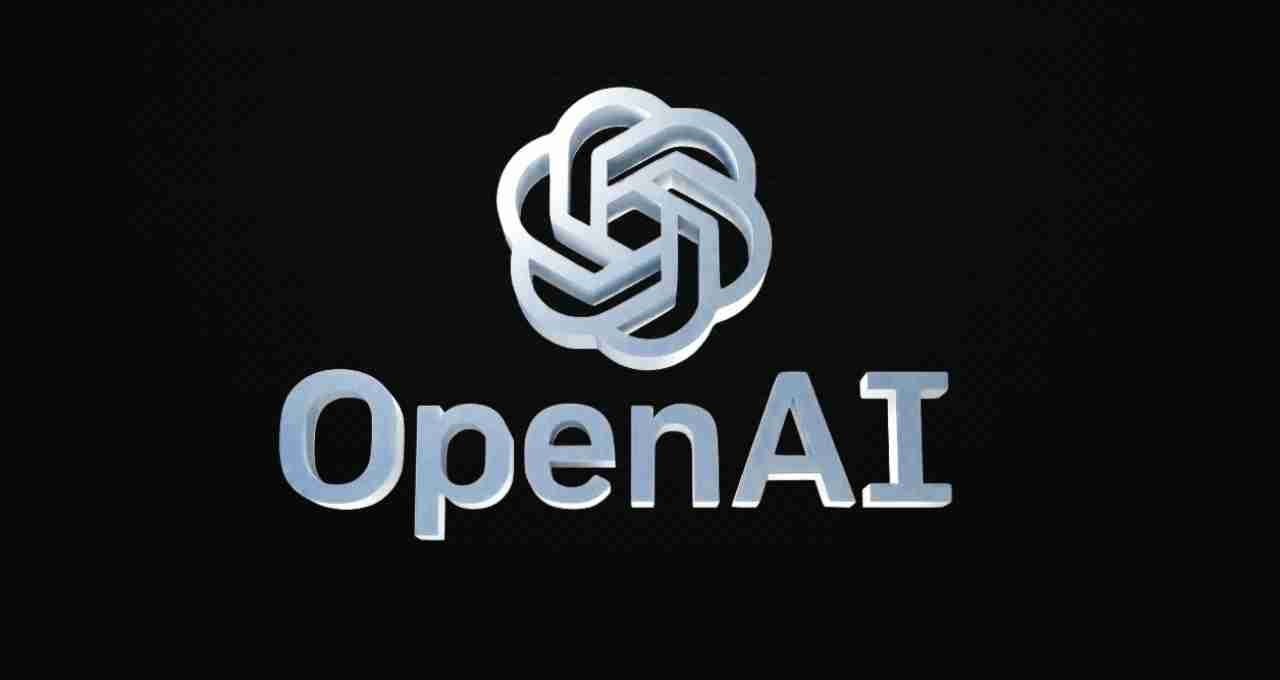
There are several potential reasons behind OpenAI's move:
- Increase in computing demand: Running large models like ChatGPT demands very high computing power.
- Limited availability of NVIDIA chips: The high demand and cost of GPUs have forced OpenAI to look for alternative chips.
- Cost reduction: Google's TPUs are considered relatively cheaper and energy-efficient, which will help OpenAI reduce its estimated costs.
Will OpenAI get Google's best chips?
However, a report citing sources associated with Google Cloud claimed that Google is not providing its most powerful TPU–possibly the V5 or V6 series–to OpenAI. This means that Google is still providing limited resources to its AI rival.
This also makes it clear that although OpenAI is using Google's services, complete trust or partnership between the two companies is still incomplete.
Distance from Microsoft or diversity?
Another important aspect of OpenAI's partnership is that it is now moving towards diversity by stepping out of Microsoft's data centers and Azure cloud platform. Microsoft, being a major investor in OpenAI, is also its primary infrastructure partner.
By adopting TPUs, OpenAI has indicated that it is ready to adopt a multi-cloud strategy, which will prevent it from being completely dependent on a single tech giant.
